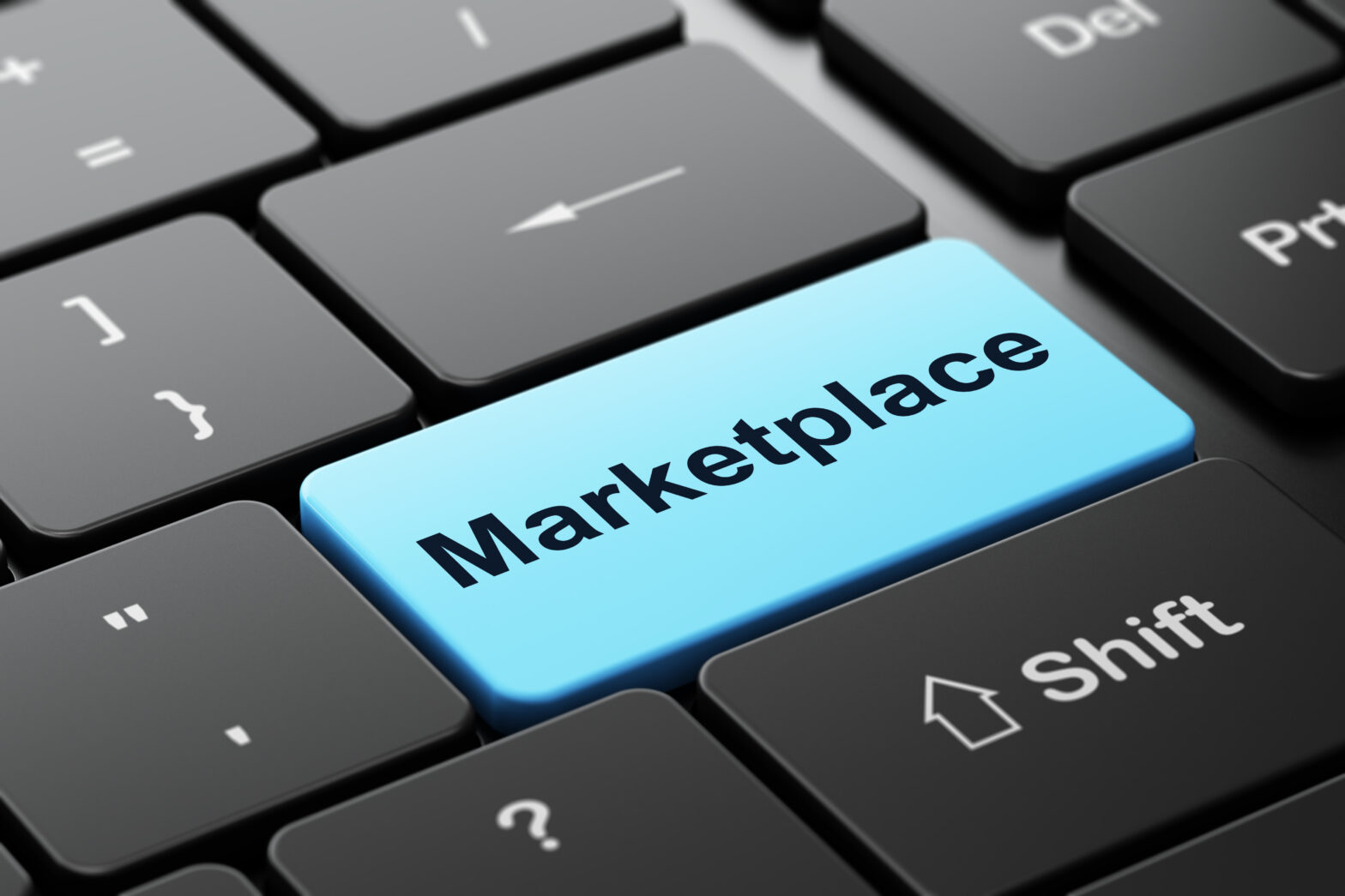The online marketplace has revolutionised how we shop online. They give people a single destination from which they have access to a myriad of brands and products – the concept is as old as time, of course, but instead of Harrods, Westfield and Walmart we’re talking about Amazon, Etsy, and eBay.
The benefits of this all-in-one convenience are obvious for the customer but what of the retailers – especially those less established brands in the earlier stages of development?
I certainly appreciate that for retailers in the midst of growth, marketplaces do have an appetising appeal. The online marketplace has the reach to attract new prospects and the logistical heft to handle transactions, leaving the vendor to supply the goods and manage distribution.
This has certainly caught the eye of many online retailers with a slew of new research showing that many are rethinking their eCommerce strategies in response to the growing presence of an online marketplace.
And with 39 per cent of the eCommerce market expected to be dominated by online marketplaces by 2020, this change of tact certainly looks a prudent move.
Much like the TripAdvisor or Expedia dynamic in travel, the immediate opportunities to acquire, engage and convert customers online that these marketplaces can offer would be almost impossible for an aspirational brand to replicate. However, this access comes with a catch.
Beware the online marketplace ceiling
While there is the immediate (and fully reasonable) financial cost to these things, there is a bigger consequence to consider in the long run.
A boost in immediate sales figures are always welcome, but building a brand that people recognise and will seek out time and time again, together with control on your margins is the key to longevity. Building a brand is dependent, especially in the early stages, on creating a memorable connection, something which is jeopardised by an over-reliance of online marketplaces.
In terms of evoking sensations, cognitions and behavioural responses from customers towards your brand, online marketplaces dilute the experience, which is a reality that smaller retailers with big brand ambitions should be wary of.
One other thing to be careful of is how valuable you really are to the marketplace. If Amazon’s Basics range can recreate your product once they see it is successful, where will you be then? The marketplace has full visibility into what is working on the market and has strength as a result.
How to create a brand experience that makes a lasting impression
To generate greater loyalty and brand recall from customers, it’s essential that retailers focus on driving direct sales as well as those gained through online marketplaces. This is achieved by first creating a premium brand experience i.e. attracting new and maintaining existing shoppers through highly-relevant marketing.
The basis of which is built on knowing how your customer currently behaves and wants to behave on your site.
Yet, from what I’ve seen, marketplaces offer little for those SME retailers looking to build a total brand experience, as they lack opportunities for these businesses to capture things like first-party data and act accordingly on it.
First-party data is what you, as a business, collect from your own visitors and customers and is undoubtedly the most valuable because of its quality and the fact it comes at no extra cost. The data, which might include things like customers’ purchase or browsing history, provides key insights into the behaviours, interests, and actions demonstrated across a website.
Leveraging this data deepens your understanding of existing customers, enabling you to serve them with personalised user experiences, content, recommendations, and services based on interests, locations and intent. In other words, it gives you the ability to create a unique experience for your e-commerce services, across websites, mobile, and social media channels.
How can an ambitious retailer build a long-term relationship with a customer if they do not understand the journey they’ve taken, or indeed the touch-points where customers would like brands to engage them?
If you know whether your customer likes a promo code each purchase, or is more interested in getting the expensive product to their door as easily as possible you can offer a honed experience for them. An online marketplace might help drive sales in the short term, but won’t help you get the data you need.
Data in action
A good example of what happens when a business collects and activates their data effectively is our client, Liberty of London.
The luxury goods store wanted to reduce cart abandonment and bring more people back to the site. How did they do this? Through harnessing first-party data from their website, that fuelled an intelligent and personalised remarketing strategy. This led to a total revenue uplift of 352 per cent.
Balance is key
I certainly acknowledge that the impact online marketplaces have had on aspirational retailers is palpable. Greater efforts and pledges from the bigger players in eCommerce to up-skill and improve the digital literacy of the UK’s SMEs are also readily welcomed. The key here is balance.
While there are certainly many upsides to the emergence of increasingly influential online marketplaces, for retailers with an eye on long-term success, they must have the confidence to retain a data-driven approach to direct sales.
Written by Andrew Metcalfe, chief technology officer at Ve Interactive.




